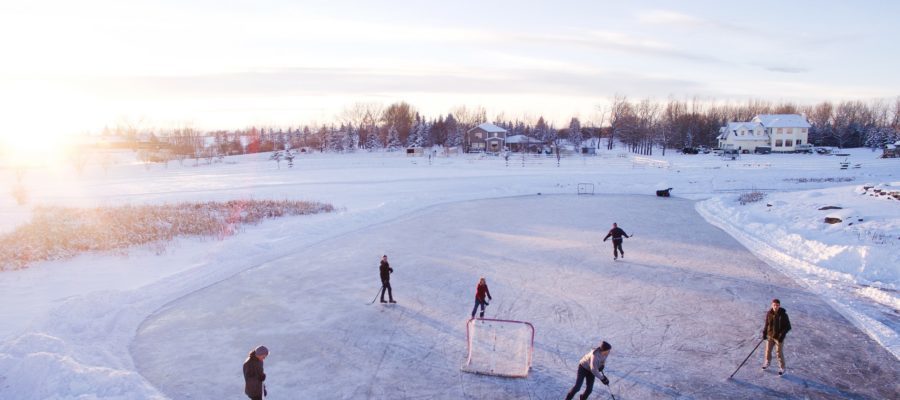
Today we will discuss the recent recommendations on Sports Related Concussions (SRC) offered by the Berlin Consensus Statement in 2016.
The diagnosis of an SRC can include these symptoms:
– Headaches, brain fog, and emotional symptoms
– Loss of consciousness, amnesia or neurological changes
– Unsteadiness or balance issues
– Behaviour changes, such as irritability
– Cognitive changes, such as slower reaction times
– Sleepiness
1. The report defined a sports related concussion as “a traumatic brain injury induced by biomechanical forces”. It’s important to know that an SRC can occur with direct blows to the head, face or neck, however they can also occur via an indirect blow elsewhere on the body, which may create an impulsive force to the head.
2. Sideline evaluation has proven difficult due to the lack of a test or screen to definitively diagnose a SRC. There are several tests such as the SCAT-5 and Standardized Assessment of Concussion that can be used to help screen for an SRC, however they do not provide a definitive diagnosis. If an athlete is suspected to have sustained a concussion, it is important to remove the athlete from the game for the remainder of the day, assess them using the SCAT-5, have a coach or parent stay with the athlete, and have them appropriately assessed by a medical physician.
3. Previous literature recommended that athletes who sustained an SRC rest until they are symptom free, however insufficient evidence has been found to support this recommendation. The current report recommends resting for a short period of time (24-48 hours), after which the athlete should be encouraged to slowly and progressively increase their activities, while staying below their threshold for exacerbation of symptoms.
4. Typically an athletes symptoms will resolve within 14 days, however research is starting to show that younger athletes may take longer to return to sports.
5. Risk factors for poor recovery include a history of previous SRC, as well as SRC’s with more physical, cognitive or emotional symptoms. The literature demonstrates that the greatest predictor for slower recovery from an SRC is the severity of the initial symptoms experienced by an athlete.
6. Return to play is a 7 step program beginning with rest and working up to full-contact sports. Ideally, each step will take 24 hours, however an athlete is only able to proceed to the next level of the program if they complete the current level without any exacerbation of symptoms.
Education on SRC is important for everyone involved, including the athlete, coaches, parents and health care practitioners. Research is constantly evolving and future research is warranted for determining the difference between adult and child concussions, as well determining SRC prevention strategies in sports.
Holland Landing Health Centre is a multi-disciplinary clinic offering Chiropractic, Physiotherapy, Naturopathic Medicine, Registered Massage, Medical Acupuncture & Shockwave. HLHC is proud to service the Town of East Gwillimbury, Newmarket, Bradford, Keswick & surrounding areas.
References
McCrory, Paul, et al. “Consensus statement on concussion in sport—the 5th international conference on concussion in sport held in Berlin, October 2016.” Br J Sports Med (2017): bjsports-2017.

Admin
Contact Me



